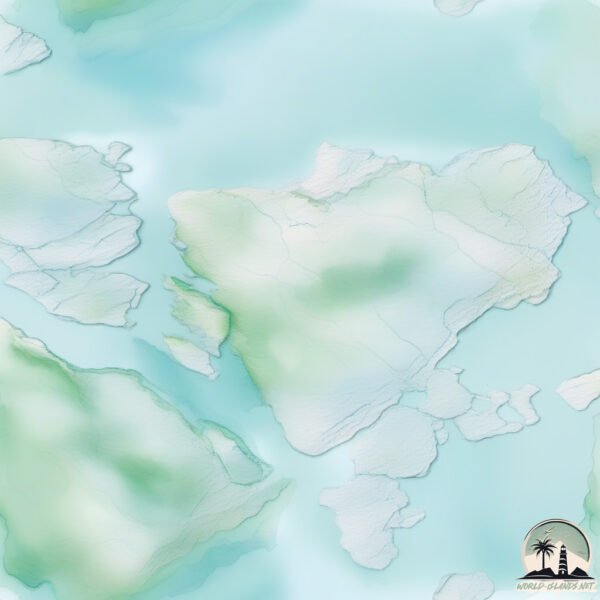Welcome to Tysnesoya , a Temperate island in the North Sea, part of the majestic Atlantic Ocean. This guide offers a comprehensive overview of what makes Tysnesoya unique – from its geography and climate to its population, infrastructure, and beyond. Dive into the details:
Geography and size of Tysnesoya
Size: 201.5 km²Coastline: 154.7 kmOcean: Atlantic OceanSea: North SeaContinent: Europe
Tysnesoya is a Large Island spanning 202 km² with a coastline of 155 km.
Archipel: –
Tectonic Plate: Eurasia – One of the world’s largest tectonic plates, the Eurasian Plate covers a significant portion of Europe and Asia. It’s characterized by diverse geological features, including the Ural Mountains, the European Plain, and the Himalayas formed from its collision with the Indian Plate.
The geographic heart of the island is pinpointed at these coordinates:
Climate and weather of Tysnesoya
Climate Zone: TemperateClimate Details: Temperate Oceanic ClimateTemperature: Warm Summer
Climate Characteristics: Known for its moderate year-round temperatures with ample rainfall and no dry season. Warm summers are characteristic.
Topography and nature of Tysnesoya
Timezone: UTC+01:00Timezone places: Europe/ParisMax. Elevation: 745 m Mean Elevation: 281 mVegetation: Mixed ForestTree Coverage: 75%
The mean elevation is 281 m. The highest elevation on the island reaches approximately 745 meters above sea level. The island is characterized by Plateau: Elevated flatlands rising sharply above the surrounding area, with a maximum elevation over 500 meters but a mean elevation less than 300 meters, forming unique highland areas on islands.
Dominating Vegetation: Mixed Forest
Vegetation: 8 vegetation zones – Very Highly Diverse Island
Infrastructure and Travelling to Tysnesoya
Does the island have a public airport? no .
Does the island have a major port? no .
The mean population of Tysnesoya is 10 per km². Tysnesoya is Gently Populated. The island belongs to Norway .
Continuing your journey, Reksteren is the next notable island, situated merely km away.
The Captain and I hiked a famous mountain in Norway. The locals call it Tysnessåto.
The Tysnes Island is located about an hour south of Bergen in Norway. The highest mountain on the island is Tysnessåto, or just ...
The Captain and I hiked a famous mountain in Norway. The locals call it Tysnessåto.
The Tysnes Island is located about an hour south of Bergen in Norway. ...
The Tysnes Island is located about an hour south of Bergen in Norway. The highest mountain on the island is Tysnessåto, or just ...
Restaurant by a Norwegian Fjord: Mandelhuset, Tysnes | Visited by allthegoodies.com
(A) Available for all We are exploring the fjords of Norway and ...
(A) Available for all We are exploring the fjords of Norway and looking for great and excotic places to dine and stay. In this video ...
Tysnes headland and the sun phenomenon
Norway is classified as Developed region: nonG7: Developed economies outside of the Group of Seven, characterized by high income and advanced economic structures. The level of income is High income: OECD.
News – Latest Updates and Headlines from Tysnesoya
Stay informed with the most recent news and important headlines from Tysnesoya. Here’s a roundup of the latest developments.
Loading...
Please note: The data used here has been primarily extracted from satellite readings. Deviations from exact values may occur, particularly regarding the height of elevations and population density. Land area and coastline measurements refer to average values at mean high tide.

